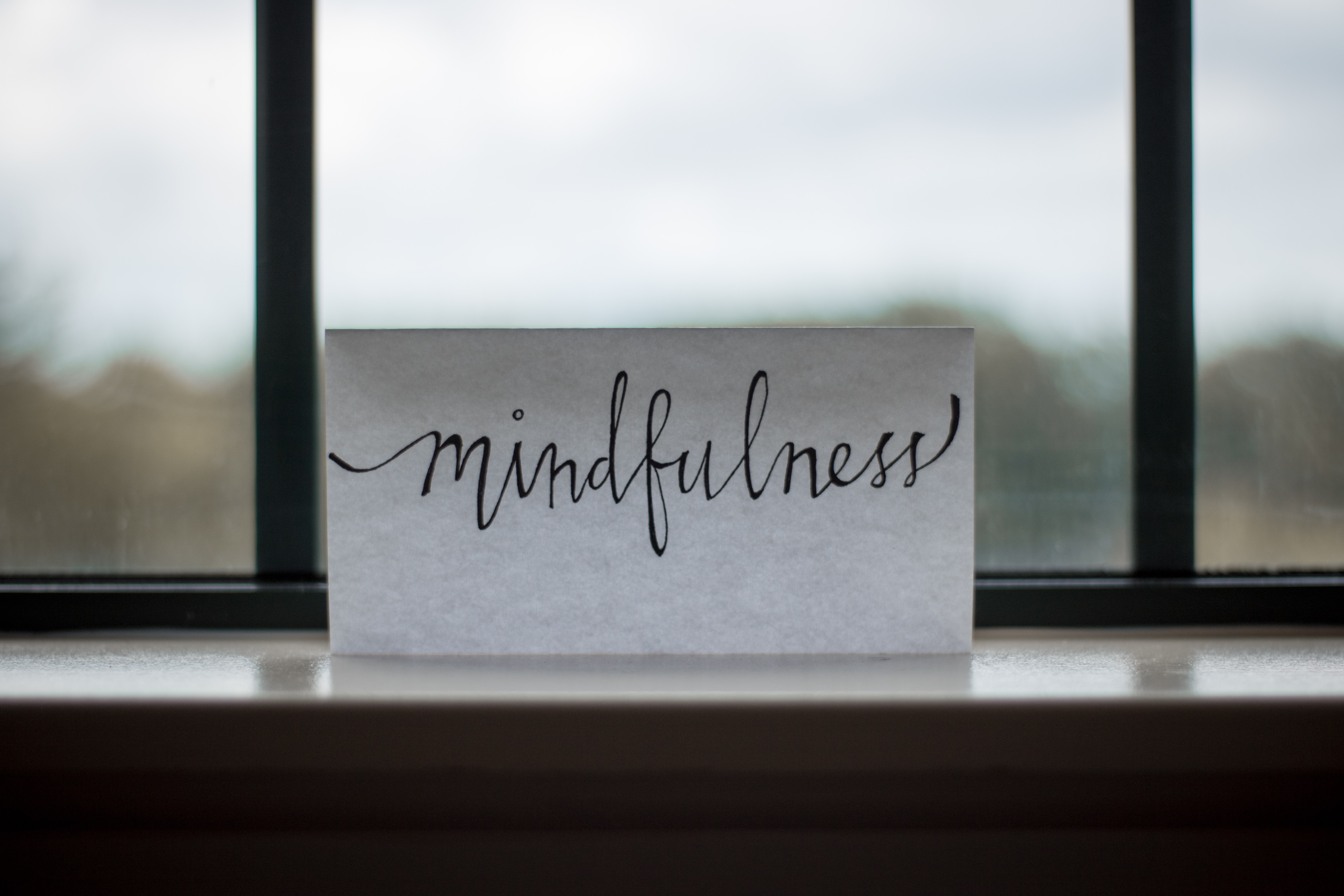Mindfulness has become a buzzword, and I’m grateful for that. My personal journey, from depression in my early 20s to thriving since my late 20s (I’m 34), was powered by practicing mindfulness. I want everyone to experience the transformative power of mindfulness.
Along my journey, I’ve noticed that the happiest people are happy, not because they don’t have issues, fears, or false stories, but because they are able to live without attaching to those things. They can stay focused on what they want to create because they see and detach from the things that would otherwise hold them back.
Mindfulness is not an effort to eliminate fear or block out all the shadows in your life. It’s a state of being that makes it OK to be happy, to love yourself, and to achieve success despite those fears and shadows.
Here are five powerful tools and habits that you can adopt in your life that will bring you more mindfulness and the freedom and possibility that mindfulness provides.
1. Meditate.
I started meditating when I began the path out of my depression, and it continues to be one of the most important (if not the most important) habits I keep. I knew all the health benefits of meditation, which are very real, yet what I didn’t realize is how much meditation would help me connect to myself on a deeper level. I know who I am, what I want, and the thoughts and stories that hold me back.
If you don’t have a meditation practice, consider starting one. You don’t need to become a monk overnight. Start small. Even just a few minutes a day can have a profound impact on centering you into the moment. If you need some help, mobile apps like Headspace and Calm can help make the learning process easy and sustainable.
2. Be present.
So much of mindfulness is feeling grounded in the present moment. If you’re like me, you spend a great deal of energy thinking or worrying about tomorrow or judging yourself for the past. All we have is today, and more specifically, the present moment.
Happy and mindful people are able to maintain an awareness of the present moment, no matter what they’re doing–and you can too. Be fully present in your meetings, be mindful of the food you’re eating and the act of nourishing your body during a meal, and feel the power of your body while exercising. These simple opportunities for awareness will help you stay present in every moment.
3. Be aware of how you feel.
One new tool I’ve learned is to pay attention to my emotions and how I’m feeling in any given moment. This is especially helpful when I don’t feel good. If I notice myself feeling angry or agitated, I “check-in” to my body and feel what’s showing up on a physical level.
For example, instead of succumbing to anger and expressing myself in a toxic manner, this process allows me to feel the anger, identify why it exists, and to accept that it’s OK for me to feel anger. Then I have the option to give myself space to stay in the anger or to take an action that solves or alleviates the anger.
4. Keep a journal.
The process of journaling helps you stay aware of what’s happening in your life and how you feel. It helps you get things off your chest, detach from their energy, and see things from a bigger picture.
Journaling can take whatever shape feels best to you. I write down three things I’m grateful for before I go to bed and I also journal as needed if something comes up that I need to process. Other folks journal first thing in the morning, or as a mid-day reflection tool.
5. Reduce social-media exposure.
It’s ironic that a tool meant to increase connection feels as if it’s leading to an increase in disconnection between us and other people, and between us and ourselves. For many of us, it feels like social media creates a human experience that is designed around the instant gratification of external validation and approval. It can also be a waste of time.
Happy people maintain a healthy relationship to social media. They take time away from their phone in order to reconnect to themselves (meditation), enjoy real human connection, or do the things that make them happy. I have seen a discernible difference in how I feel after I committed to spending less time on social media.
Final word
Notice how each of these tools are easy, fast, and free. The only thing keeping you from the mindfulness you want is simply making the choice to take action. Even starting with just one of these tools or habits will lead to results. I know because I’ve done them. If you can replace one 10-minute social-media binge with a meditation, you’ll quickly see results and enjoy the benefits. Give it a try.
Originally published on Inc.com.


